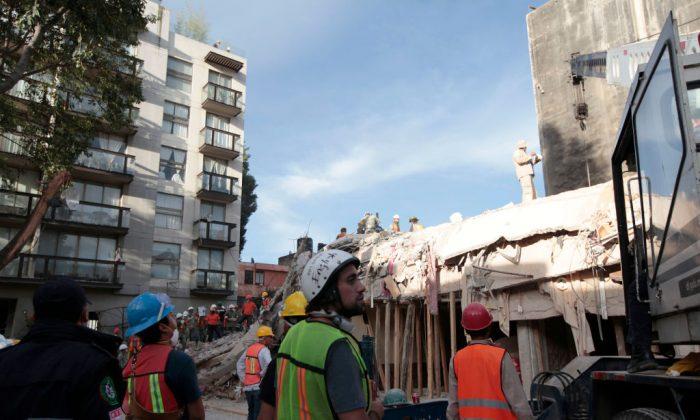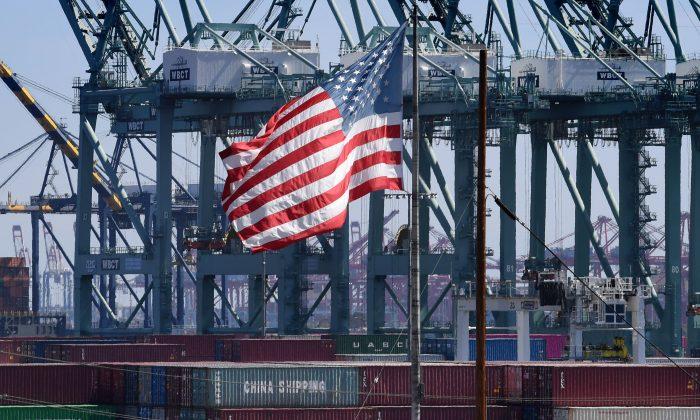A man who lost his house in the second recent earthquake in Mexico thinks it may be from poor construction techniques.
Resendiz’s suspicion arose after he saw buildings adjacent to his that didn’t fall. The $125,000 he paid for the property is significant in Mexico, where people working minimum wage make $4 a day. He found out his apartment building collapsed in the Sept. 19 earthquake via a cell phone message while he was away working. That was the second of three recent earthquakes.
“How is it possible that it is not even a year old and it’s gone?” asked Resendiz, via Time. “And you see the other buildings that are right next to it and they are still standing, no damages, no scars, no nothing. How can that pass?”
New Codes
Since 1985 new buildings in Mexico are supposed to be built with a stronger mix of cement and with stronger walls and columns. The Sept. 19 earthquake damaged over 3,000 buildings. Nearly 200 collapsed, many are cracked and may need to be torn down, while others suffered repairable gas or water leaks.Most of the buildings that fell were built before the 1985 regulations, but buildings in newer areas of construction, like Resendiz’s, didn’t escape catastrophe.
Architectural engineer Hector Cortes, who has been overseeing apartment construction for over four decades, gave his opinion on the phenomenon.
“The rules are made for an area that is of high-risk of tremors. If you follow them, then a construction should not be in danger. But some builders want to save money by using weaker cement, or making thinner walls,” reported Time.
Cortes said all of the buildings he supervised survived.
Many residents don’t have insurance to pay for their destroyed homes. Even those who do are worried insurance companies will not pay, using bad building practices as a legal escape route.






Friends Read Free